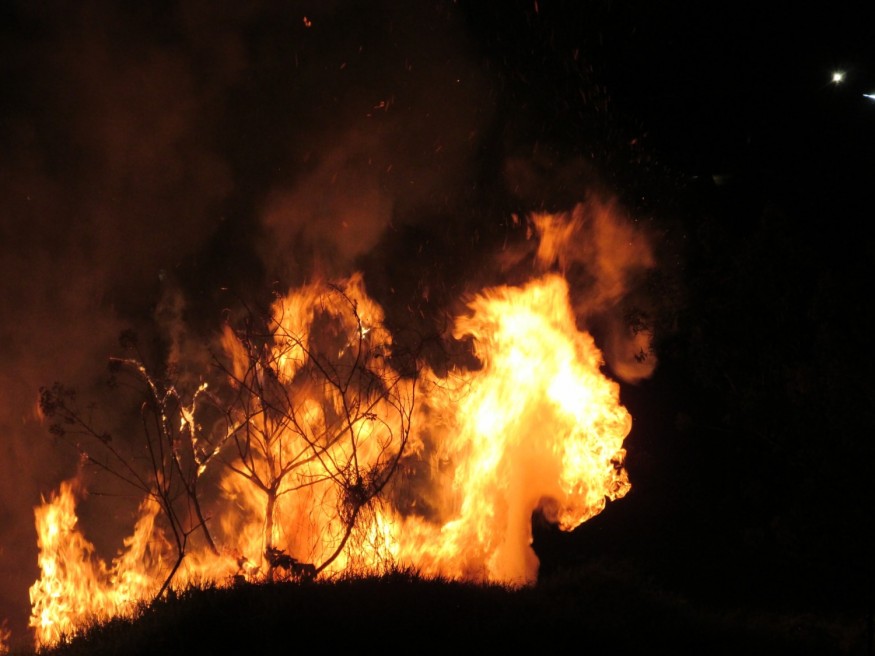
The Caldor Fire raged without containment through the forested areas of El Dorado County on Tuesday, destroying a school, a church and other numerous structures. Unfortunately, strong winds just helped the fire spread through areas of the Eldorado National Forest. By early Wednesday, the fire was reported at 53,772 acres.
Caldor Fire Remains Uncontainable
Mandatory evacuations orders were issued by the El Dorado County Sheriff. Roadways in the region were clogged with traffic as Residents Fled. An emergency order on Tuesday night, demanded the closing of the National Forest because of extreme fire behavior. The National Forest's closure will be effective until Sept. 30, 2021.
People are now prohibited from going into or being on National Forest System lands in the Eldorado National Forest. Violaters will face a fine of $5,000 to $10,000 per person.
Climate change has been rough for the western U.S., resulting to more destructive wildfires, according to scientists. "Firefighters say the Caldor Fire fire has grown so quickly they've had a hard time even keeping their maps updated with the perimeter," KTVU reported.
"It's very scary," said Neil Lareau, a professor of atmospheric sciences in the department of physics at the University of Nevada at Reno who studies wildfire-generated weather. "We have the worst mix of things you could put together for fires, which is a combination of dry vegetation, strong, shifting winds and an atmosphere conducive to these deep smoke plumes."
By 5:05 p.m., Cal Fire said that the fire has already burned 30,000 acres and is 0% percent contained. Areas such as Pollock Pines, East of Sly Park Road, Grizzly Flats/Somerset and Happy Valley, were under mandatory evacuation orders.
Witnesses of Caldor Fire
Will Berndt, a 72-year-old general contractor, said that he saw smoke plumes as they drifted toward his house on a hill. He was with his cat, Marly, when he said his house was safe, however another house he had been working on "for a long time" for a client had been destroyed.
"I live up on that ridge so our house is not affected right now, but most of our friends and neighbors, the church in Grizzly are gone. I had a big project in Grizzly, I'm a contractor, but the house blew up. It's gone. I spent a lot of time on that house, and they haven't paid me yet, so..."
"That's my life, that's my whole life," he said.
Berndt said he built the house himself more than 40 years ago, and he was frustrated by that U.S. Forest Service helicopters did not put out the fire while it was still small enough.
"We have talked about it, we've been up here for 43 years and we had talked about, so, what if the mountain burns, what are we gonna do?" said Berndt. "It's like, well, you just grab what you can and get out of here. It's one of those thoughts that, you see it on TV, you see other communities have to deal with it, and you go, 'Well, that sucks.' But you never think that, you know, we're gonna be in the path of a stinking firestorm." he added.
The National Weather Service issued a red flag warning in place across a wide swath of interior Northern California and the Sierra Nevada foothills, in effect from 5 p.m. Tuesday to 8 p.m. Wednesday due to gusts that could reach 35 mph.
Experts predict aggresive fire growth to come, because of the gusty winds, unless there is an inversion produced by the smoke.
© 2025 NatureWorldNews.com All rights reserved. Do not reproduce without permission.





